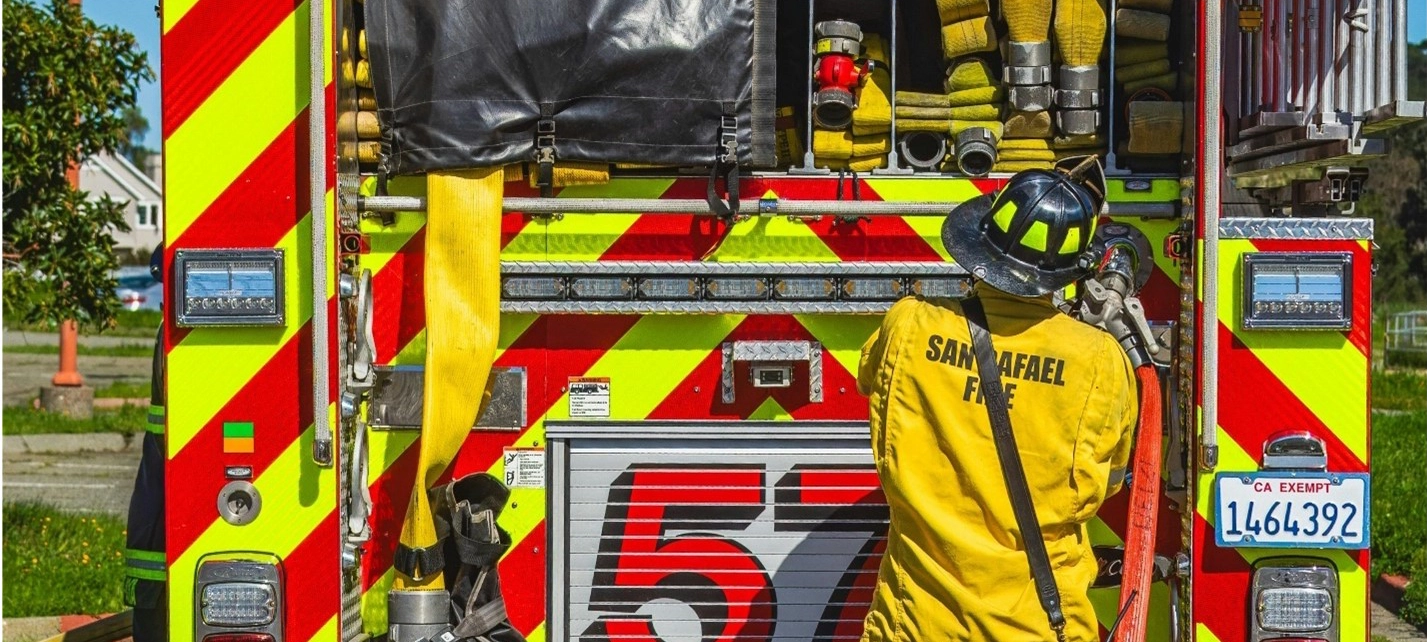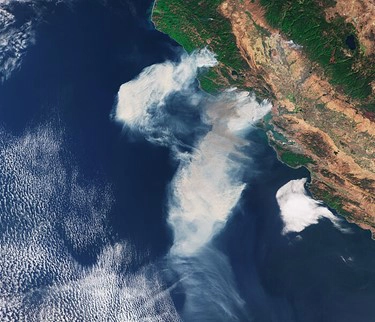
It’s wildfire season in California. You want to buy there, and yet you might have heard reports of homeowners being left stranded by their insurance companies. So you have special concerns about whether you’ll have trouble getting a home or condo owner’s policy.
Your concerns are well founded. The California Association of REALTORS® found that last year, nearly 7% of California home purchase agreements fell through as buyers scrambled to find affordable insurance.
The California Department of Insurance is now pressing insurers to step up for all homeowners. That includes people buying homes in locations with heightened risks of climate-related disasters.
Where Have All the Insurers Gone?
Lately, company after company has stopped or paused coverage for California homeowners, pointing to inflation and the risk of wildfires and earthquakes.
By 2023, Allstate and State Farm officially stopped offering new policies for California homes. Similar new limits have followed from Farmers, USAA Casualty Insurance Company, Garrison Property and Casualty Insurance Company, Nationwide, Travelers, Chubb, AmGUARD, Falls Lake, The Hartford, Tokio Marine Insurance, and American National.
The crisis escalated this March, when State Farm decided to raise home and condo premiums by about 20% across the board in California, and further decided not to renew coverage for some 30,000 existing customers, effective July 3, 2024.
Then, in June, the company updated its position, telling some people they could keep their policies with State Farm, but only if they get their fire coverage from for the California Fair Access to Insurance Requirements (FAIR) Plan. The FAIR Plan is the California deed holder’s last resort when smoke and fire coverage can’t be found anywhere else.
The Future of FAIR: California’s “Insurer of Last Resort”
The state set up its FAIR Plan to step in and provide coverage for residents of wildfire country. All insurance companies that are active in the state must contribute coverage, according to their share of the market.
The new option of having State Farm’s traditional policy as a wraparound for the FAIR Plan’s fire coverage takes some pressure off the overstretched FAIR Plan, which has broadened its mission beyond its core coverage of fire and smoke, lightning or interior explosions.
State Farm said deed holders who initiate their FAIR Plan companion policy will get 5% off their premiums. Even so, the FAIR Plan is very costly. Deed holders pay several thousand dollars a year just for the core fire policy. And yet for these homeowners, if they can manage to afford it, the FAIR Plan is the only policy in town. Lack of other insurance options has turned the insurer of last resort into one of California’s top insurance sources. And yet the FAIR Plan wasn’t formed to handle this much traffic.
Now, you might ask, why can’t the companies handle the pricey fire policies directly? They would love to! Indeed, Allstate wants to raise rates by 34% as we speak. But California strictly limits rate adjustments. Companies must send proposals for rate hikes of 7%+ to the California Department of Insurance. And consumer groups in California have a unique legal mechanism that lets them sue over rates and have their court costs paid.
Also, California insurers are not allowed to look at recent wildfire damage in order to predict future potential costs. This keeps insurance premiums low in California — but companies say the regulations are unsustainable. Insurance companies also point to the high costs they’ve been expected to cover in the form of wildfire-resistant reconstruction after the fires. Costs were rising at a faster pace than companies could raise premiums to cover them.
So companies kept leaving more and more responsibilities to the FAIR Plan.
The FAIR Plan has now issued more insurance coverage than it has the assets to cover. What can the state do now, to relieve the FAIR Plan of some of its swelling responsibilities?
And what about its off-the-charts costs? Note that people are being charged $12,000 annually for the FAIR Plan’s house and condo premiums. (Costs vary by area and between homes.)
A Carrot and a Stick for the Companies—And a Loophole, Too?

Late last year, California unveiled its Sustainable Insurance Strategy — a package of reforms intended to strengthen the state’s home insurance market in a destabilized climate. The strategy offers discounts to residents who have implemented fire hardening (fireproofing) techniques to their properties. This should help reduce the exposure of people and companies to major losses. Still, some who’ve followed every home hardening procedure pay thousands of dollars a year for coverage.
Ricardo Lara, California’s insurance commissioner, has urged insurance carriers to meet state requirements for covering potential fire damage, including in vulnerable areas. Companies can do so by — for one example — upping the number of policies they issue in high-risk areas by 5%. All told, the Sustainable Insurance Strategy intends for California’s top 12 home insurers to issue at least 85% of their policies in high-risk areas.
The state can’t force the companies to start offering coverage in hard-hit areas. But regulators seem sure the right carrots and sticks will do the trick. So, here’s what a new set of regulations is poised to do.
Officials say the state will allow companies to use catastrophe modeling to set more accurate rates — as insurers already do elsewhere. Companies are anxious to get that latitude in California.
That was the carrot. Now the stick. If companies won’t work with California, the state’s regulators will clamp down on rates and potentially press the companies to issue refunds. But companies get a two-year grace period. The nonprofit news source CalMatters says that’s been called a loophole.
The proposed regulations would also let companies request “alternative commitments” for several reasons, including the “frequency or severity of recent events.”
There are other features of the proposal yet to be revealed. One reportedly would let insurers account for reinsurance costs when setting premiums. Reinsurance is insurance for the companies themselves when they face overwhelming numbers of claims (as they do after wildfires and earthquakes).
Regulators are looking to increase companies’ availability and relieve pressure on the FAIR Plan. If the state’s newest proposals succeed, homeowners could eventually benefit from more accessible coverage, with rates that are easier on households.
We’ll keep you posted.
Supporting References
Natalie Todoroff for Bankrate, LLC (part of Red Ventures) via Bankrate.com: Limited Home Insurance Options in California as Major Carriers Pull Back (Aug. 12, 2024; citing data from Quadrant Information Services and a study from the International Journal of Wildland Fire).
Dani Anguiano for The Guardian (Guardian News & Media Ltd.) via TheGuardian.com: “Left With Nothing”: Inside California’s Wildfire Home Insurance Crisis (Aug. 10, 2024).
Levi Sumagaysay for CalMatters (a nonprofit state news outlet) via CalMatters.org: California Pushes Insurers to Cover More Homes in These Areas. Is Your Zip Included? (Jun. 12, 2024).
Megan Fan Munce for the San Francisco Chronicle: State Farm Will Let Some Californians Keep Home Insurance After All. But There’s a Big Catch (Jun. 7, 2024).
And as linked.
More on topics: Buying in wildfire country, Insuring climate risks
Photo credits: Robert So, via Pexels/Canva; and the European Space Agency (ESA), via Wikimedia Commons (licensed under CC BY-SA 3.0 IGO).
